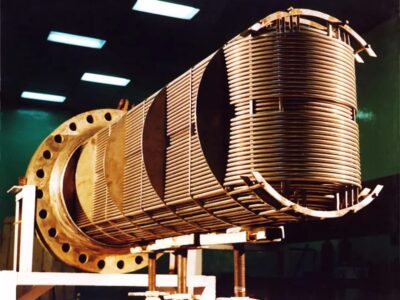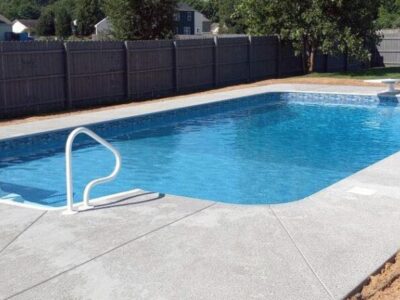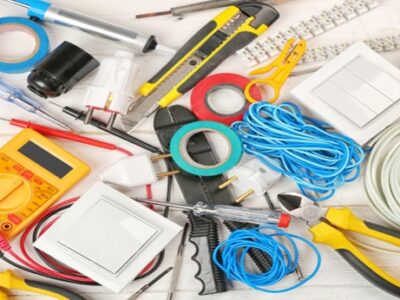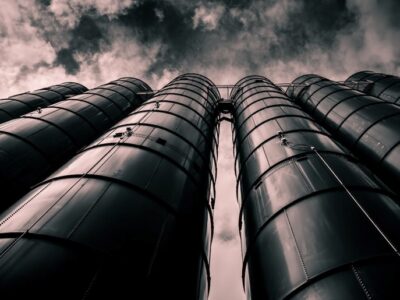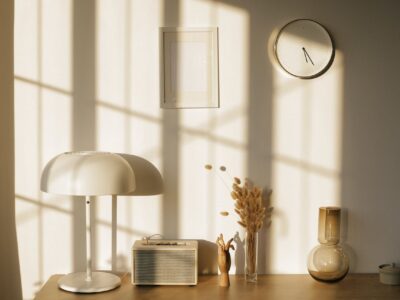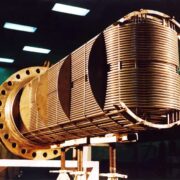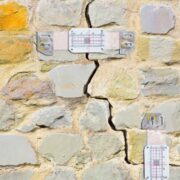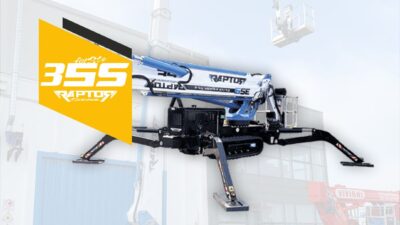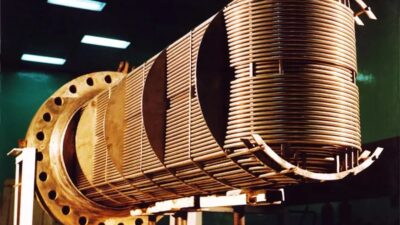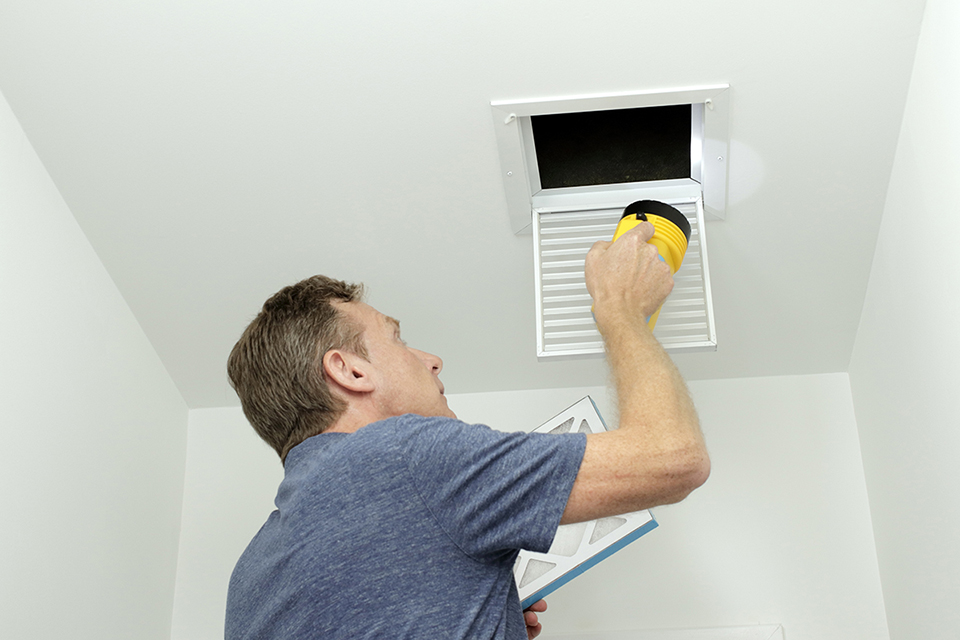

People are spending more and more time indoors and, at the same time, the climate in these rooms is increasingly set by air conditioning systems. From the central section, the treated air is ducted through the air vents to the desired room. Typically, the parallel system takes the exhaust, warm air to the central vents for cleaning or cooling, depending on the design or conditions. The air supply system gets dirty to a greater or lesser degree, depending on the quality of the filtration. It should be noted that there is no perfect filter, they all allow some percentage of dust through, no matter what material they are made of. In the outgoing pipes, the air will be more or less saturated with textile fibers, skin particles, paper dust and other substances produced in the space, and this is important for hygienic reasons when re-circulating the used air.
The fact that health, comfort and even productivity fall due to clogged building “lungs” is recognized by researchers around the world who stress that it is impossible to get clean air from a dirty system.
The need to clean ventilation and air conditioning systems has been officially recognized by the European Committee of Electrical Standardization in Act No. 15780 “Ventilation of Buildings – Piping – Cleanliness of Ventilation Systems”, which sets standards for cleanliness in different cases.
Typically, these are chronic fatigue, headaches, upper respiratory tract infections, and irritation of mucous surfaces such as the eyes. They most significantly affect well-being and productivity in buildings where “intellectual labor” industries such as insurance, banking, programming, customer service and all types of administration are concentrated. A far-sighted administrative manager should keep an eye on “mental energy” accounts, such as workers’ salaries and the cost of work. What happens if the cost of work drops by 1 percent at the top of productivity because the employee is not feeling well? Such calculations alone, even without taking into account the moral, judicial, and insurance and attraction aspects of potential employees, will convince managers to take action.
Another group of hygienically sensitive facilities includes hospitals, schools, universities, laboratories, and industries such as food, pharmaceuticals, and electronics. Hotels and residential buildings can suffer greatly from extraneous odors emitted by dirty systems, and they are also more prone to air stagnation and stagnation in fine-pore bathroom ductwork.
So why aren’t ducts cleaned on a regular basis, like any other surface in a building?
Most of the time and expense in air duct cleaning Orange County is spent getting to the dirt, i.e., getting into the room, moving furniture, setting up a ladder, removing ceiling panels, finding the duct, opening it, such as using existing holes such as plugs or sliding connections or cutting a new hole, and finally attaching the dirt extraction device (the Vacuum Unit). Once a cleaning tool with a rotating brush and a high compressed air pressure is introduced into the duct, the time required for cleaning is reduced.
Air ducts are a structural element of ventilation systems that provide a livable and workable indoor environment. But the air contains suspended particles of dust, dirt and even germs. All this settles on the walls of the ducts, which leads to a narrowing of their lumen. The result is reduced draft, stagnant air and dangerous conditions for health. To avoid bringing the ventilation to this state, its ducts must be cleaned at the legally prescribed intervals.
Ventilation and the law
Since human health depends largely on the state of ventilation in homes and workplaces, the law strictly controls all processes related to it:
design;
installation;
cleaning;
repairs.
Terms of ventilation cleaning and prohibits the use of flammable and combustible liquids for this purpose.
Stages of cleaning ventilation systems
Ventilation cleaning is performed in four 4 steps:
Inspection of the system to determine the causes of the disturbed air exchange.
The making of a list of works needed to restore the normal air exchange.
Execution of works according to the made plan.
Assessment of the efficiency of the performed work.
Inspection of the ventilation system
The inspection includes:
Examination of technical documentation;
Verification of the system’s compliance with the project;
visual inspection for visible damage;
measurement of microclimatic parameters and their comparison with the established norms.
After the inspection is completed, a conclusion is drawn up. It reflects the real state of the ventilation system, which determines the order and types of work for its cleaning.
Drawing up a work plan
Usually the plan includes the following steps:
The choice of cleaning method.
Selection of cleaning agents.
A mathematical calculation of the consumption of these products.
Selection of cleaning equipment. At the same stage equipment is prepared to equip the ventilation system, if necessary to restore or improve its efficiency.
Announcement of the terms of the work.
Dismantling of separate elements of the ventilation system.
Cleaning and disinfection of the ducts.
Reassembly of the system, installation of previously selected equipment.
Preparation of documentation and making an entry in the log book.
Checking the effectiveness of the work.

